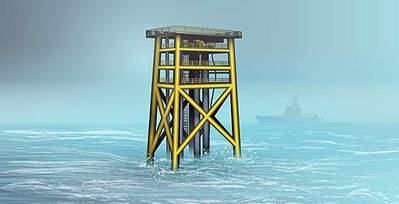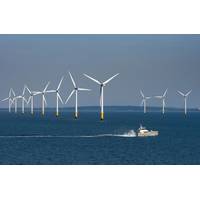An unmanned wellhead platform has been chosen by Statoil (STO) and its license partners as the concept for the Oseberg Future development phase I project in the North Sea. The platform will be controlled from the Oseberg field center.
The investment decision is expected next winter, Statoil said.
Three various concept studies have been made for an unmanned wellhead platform. This platform has no living quarters, helicopter deck or lifeboats.
Anders Opedal, senior vice president of projects in Statoil, said, “The alternative was to place the wells on the seabed, but the costs of subsea wells have been tripled during the last decade. We have therefore chosen a jacket-based unmanned wellhead platform that will reduce costs by several hundred million NOK.”
According to Statoil, with all elements of construction, equipment, wells and maintenance considered, the total cost for such unmanned wellhead platform is found to be very competitive to a subsea concept.
“Based on prognoses the costs of subsea systems are still rising. We challenge the industry to cooperate with us so we can turn this trend and develop smart solutions, both above and below water,” said Ivar Aasheim, senior vice president of field development in Statoil.
Statoil said it wants to use service vessels connected to the wellhead platform by gangways during maintenance campaigns after the jack-up drilling platform has completed its well drilling operations.
Unmanned wellhead platforms without facilities, helicopter deck and lifeboats represent a new concept in Norway, but they have been used for some time internationally, for example on the Danish and Dutch continental shelves.
All facilities will be found on the support vessel, with shorter distance to for example lifeboats and helicopter deck than on big installations.
“The platform will have high-quality equipment to reduce the need for maintenance during the operations phase. Consequently we are planning for only two short maintenance campaigns per year, which will be carefully planned and performed in good-weather seasons,” Aasheim explained.
Statoil and its license partners will next carry out pre-studies of the unmanned wellhead platform.













